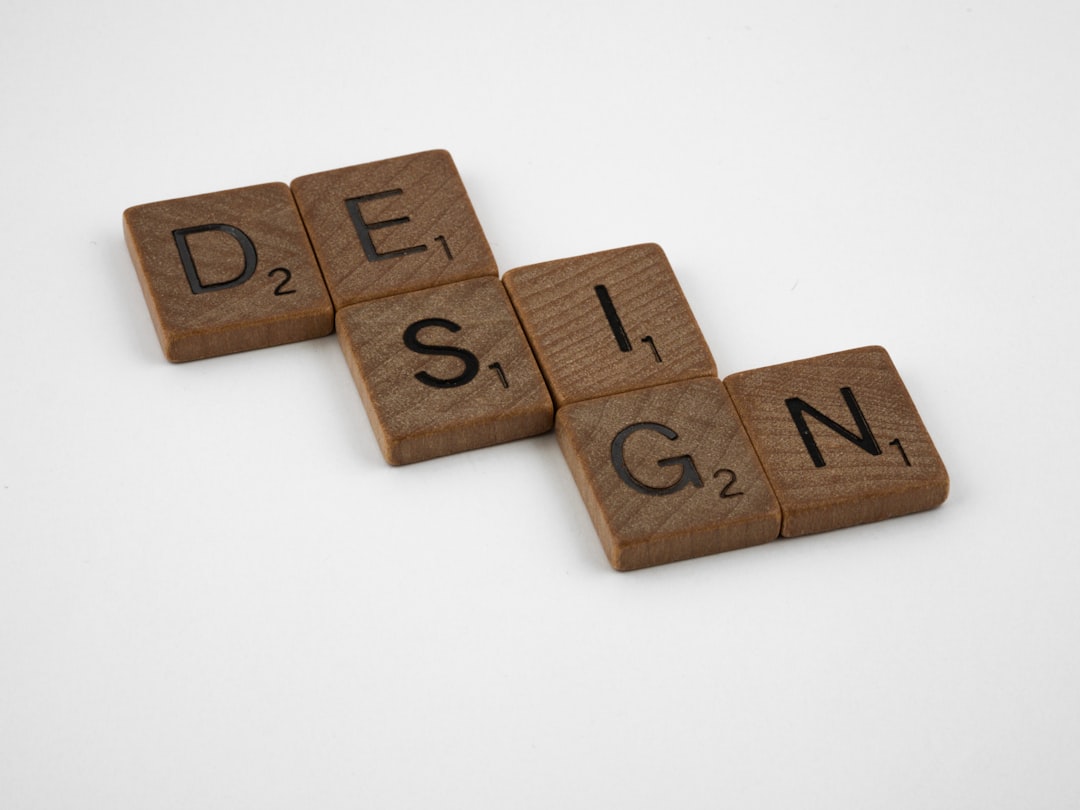A successful landing page serves as the digital front door to a brand’s online presence. In the early moments a visitor lands on the page, first impressions are formed—often based on visual cues such as layout, imagery, and branding. One underutilized yet highly strategic method is building a logo-first landing page, where the brand’s logo becomes the focal point that guides the visitor’s attention and actions.
TL;DR: A logo-first landing page uses the logo as a central visual and psychological anchor to build trust and direct the user’s journey. For optimal conversion, the logo should integrate seamlessly into the page’s message, layout, and call-to-action. Simple design, consistent branding, and relatable value propositions enhance the visitor’s experience. This approach can drive higher engagement and better lead conversion when executed correctly.
Why a Logo-First Approach Works
Psychologically, logos are memorable. They serve as mnemonic anchors that recall past experiences, brand values, and trustworthiness. When visitors instantly recognize a logo—or even when they’re intrigued by one—they are more likely to feel a sense of connection or curiosity. Building your landing page with the logo as the hero element taps into this subconscious recognition power.
In a crowded digital landscape, standing out isn’t just about being flashy. Sometimes, keeping the focus narrowed on elements like branding can actually lead to improved conversions and tighter messaging.
Key Elements of a High-Converting Logo-First Landing Page
To create a logo-first landing page that converts, here are the most critical components to keep in mind:
- Visual Hierarchy: The logo must be the visual anchor but should also guide users naturally to the next step—whether that’s reading a headline or taking action.
- Whitespace: Keep the surrounding area clean to make the logo pop and improve focus.
- Alignment and Placement: Centralized placement usually works best, although top-left positioning can still be effective if cleverly integrated with other design elements.
- Complementary Messaging: The headline and CTA must reinforce whatever emotion or trust the logo evokes.
- Minimalist Navigation: Navigation should be either completely hidden or minimally present to avoid leeching attention away from the logo and CTA.
Designing the Page: From Top to Bottom
1. Above the Fold: Logo Dominance
The top section should feature your logo in a way that visually dominates without overwhelming. Balance is key. Pair it with a clean headline that communicates the core offer or value proposition in one sentence.
Example: If you’re running a new SaaS startup, place your bold, colorful logo top-center with a headline like “Redefining Simple Project Management for Remote Teams”.

2. Mid-Section: Value Proposition & Visual Proof
Once you’ve grabbed the visitor’s attention with the logo and headline, the next block should reinforce your value proposition using a mix of text and visuals.
- Highlight benefits with bullet points or short paragraphs.
- Add social proof: Testimonials, logos from existing clients, or review scores.
- Use imagery that supports your brand identity and shows your product in action.

3. Call-to-Action (CTA): Seamless & Encouraging
Your CTA should stand out, but not clash with your design. Ideally, the button color should contrast with the page theme yet complement the logo’s color palette. The CTA text must feel natural and appealing—examples include “Start Your Free Trial,” “Download Now,” or “Get Started Today.”
Keep the CTA close to your logo and headline to shorten the time between interest and action. Users shouldn’t have to scroll extensively to decide what to do next.
4. Optional: Footer Navigation & Legal Info
Add only essential links here—privacy policy, terms of service, and contact. This is also a good place for small secondary logos, such as partner certifications or compliance badges.
Tips to Maximize Conversion
- A/B Test Logo Placement: Try central versus top-left layouts and measure engagement.
- Optimize for Speed: Heavy graphics can slow down landing pages; make sure your logo is properly optimized.
- Responsive Design: Your logo must display perfectly on tablets and smartphones.
- Microcopy Matters: Even labels on form fields or CTA buttons can influence outcomes—make them personable and clear.
Common Mistakes to Avoid
- Overloading content: Too much text or too many features dilute the logo-first design’s power.
- Inconsistent branding: All fonts, colors, and tone must align with what your logo represents.
- Weak CTA: If it’s too generic, users won’t feel compelled to click.
- Underestimating mobile behavior: Always test on multiple devices.
Real-World Example: Dropbox’s Minimalist Mastery
Remember Dropbox’s early landing pages? A simple page with their blue box logo, a white background, and a short explainer video with a “Download Dropbox” button. That’s a textbook logo-first landing page that converts—clean, clear, and brand-focused.
Conclusion
Building a logo-first landing page isn’t about making your logo bigger—it’s about making your brand the entry point to a larger value conversation. By carefully designing around your logo, you can leverage familiarity, control attention flow, and deliver a consistent message that leads to higher engagement and conversion rates. Through minimalist design, smart placement, and persuasive CTA, your logo doesn’t just represent your brand—it activates user behavior.
Frequently Asked Questions (FAQ)
- Q: Does a logo-first landing page work for all industries?
A: While particularly effective for startups, tech brands, and design-focused companies, the approach can be adapted across industries with clear and consistent branding. - Q: Should I use a logo-first approach for a landing page promoting a specific product?
A: Yes, if your brand itself is a key asset. It can reinforce presence and trust even when promoting something new. - Q: What if my logo isn’t well-known yet?
A: A strong visual logo can still anchor the design. Pair it with compelling copy to create associations and start building recognition. - Q: Is video content compatible with logo-first pages?
A: Absolutely. Just make sure the video doesn’t overshadow the core visual-focused layout—you want it to support, not distract. - Q: What’s the ideal file format for logos on landing pages?
A: SVG is optimal for scalability and quick load times. PNGs work well too, especially for transparent backgrounds.